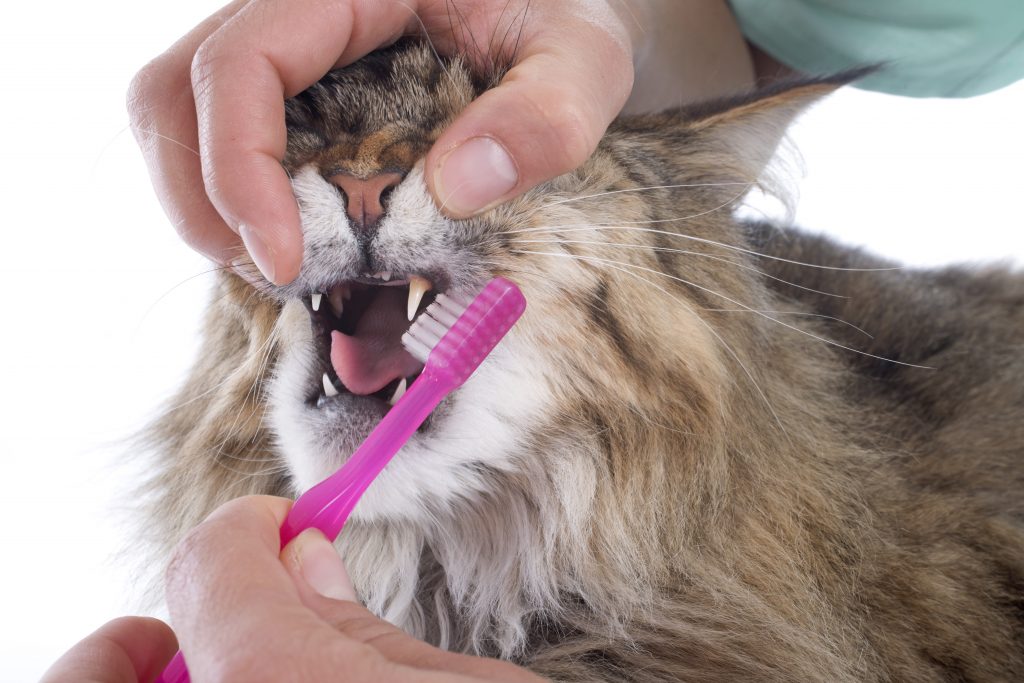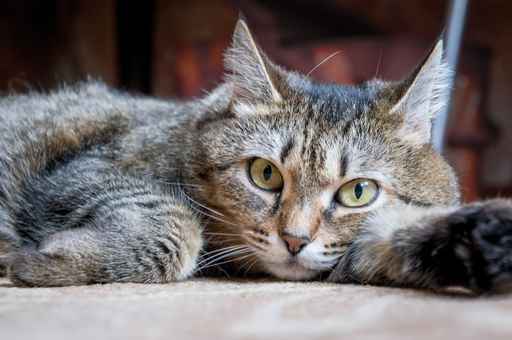Bacterial plaque can colonize the surface of a tooth of a pet within 24 hours of cleaning. Adequate home care is necessary to prevent the rapid recurrence of inflammation and progression to periodontal disease.
Without proper home care, periodontal pockets can become recolonized within 2 weeks of veterinary dental cleaning and can return to pretreatment depths within 6 weeks of therapy. Plaque located at the gingival margin and the subgingival area results in inflammation and subsequent periodontal disease. Maintenance of periodontal health depends on plaque control at and below the gingival margin.
Toothbrushing
When performed properly and regularly, toothbrushing is the most effective defense against plaque, BUT only an estimated 1% of clients brush their pets’ teeth daily.
Daily brushing is optimal to slow plaque formation. Brushing every other day is not as effective for gingivitis control. Three times a week has been suggested as the minimum acceptable frequency for patients with good oral health, while pets with periodontal disease should have their teeth brushed daily. See below on how to make this easier in your household:
Toothbrushing: Materials & Methods
Brushes
– Multiple veterinary brushes are available, although a soft-bristled brush designed for humans can be substituted.
– Mechanized brushes have superior effects in human studies.
Pastes
– Veterinary toothpastes can increase acceptance by the patient. These toothpastes typically contain a calcium chelator to decrease the level of calculus
– Baking soda–based toothpastes and other human oral health products are not recommended, because they contain detergents or fluoride that may cause GI upset or fluorosis if swallowed.
Antimicrobial preparations
– These can improve plaque and gingivitis control and may be useful in patients with established periodontal disease.
Toothbrushing Compliance Tips
- Start early. Younger pets are more likely to accept active home care.
- Go slow. Start by holding the pet’s mouth and placing a finger in the mouth, progressing to teeth brushing.
- Be consistent. Toothbrushing is a learned behavior.
- Provide positive reinforcement. Use rewards (treats, food, or affection) to increase the likelihood of acceptance
Dr. Alex Hare





